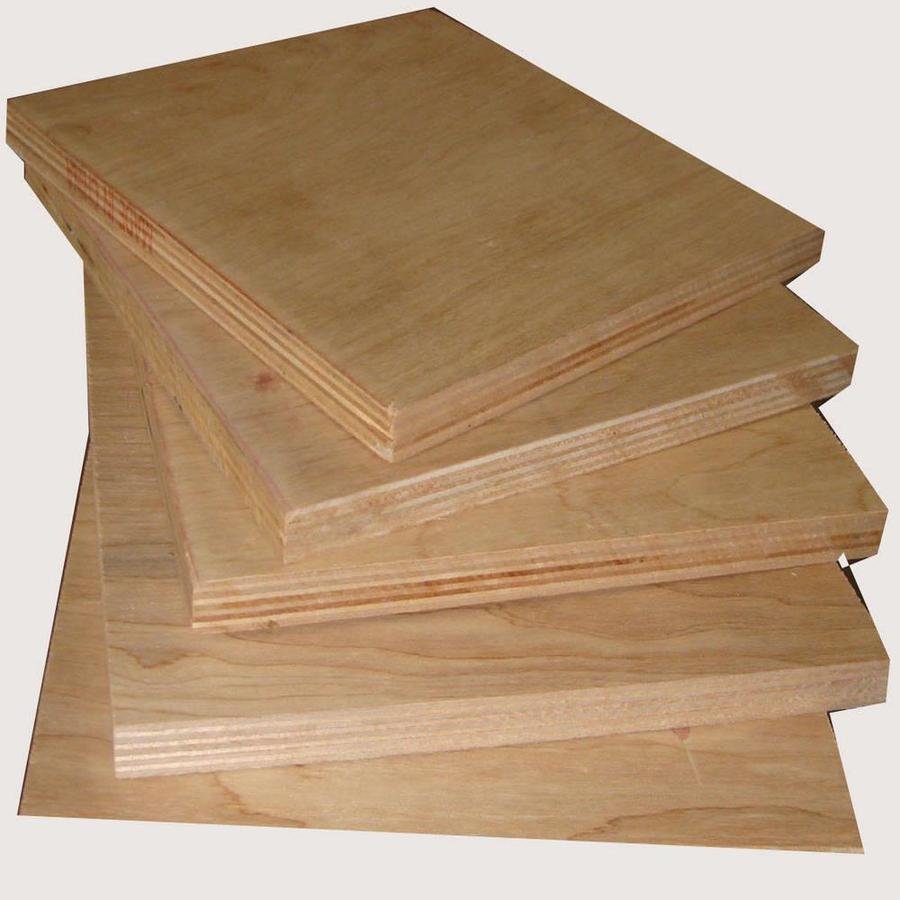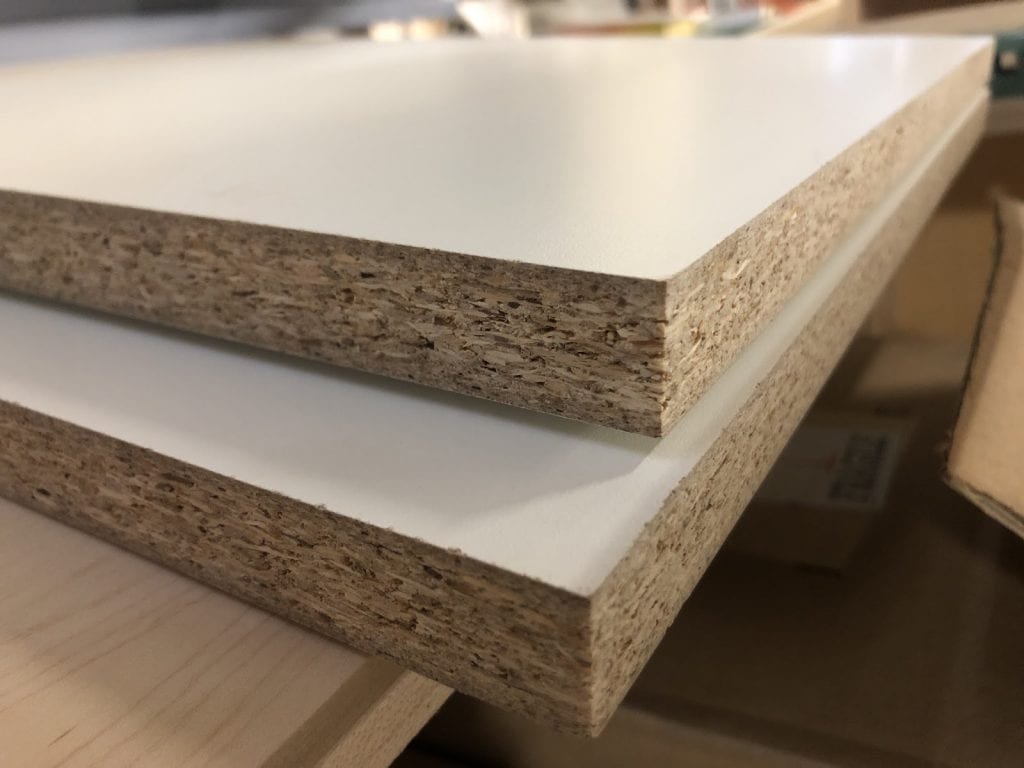Particle Board vs Plywood, which is best for me?
One of the most common questions we are asked is “which is better for cabinetry, particle or plywood?” While both have their merits, they both have drawbacks. In this article we will be exploring the pros and cons of each, along with the performance results of a soak test.
The term particle board has a bit of a negative connotation, which is why some designers refer to it as furniture board. It’s often associated with low quality chip-board you will see constructing the boxes of the assemble it yourself low cost cabinetry. Archetype uses only the highest quality materials and our particle board is the best available in the industry.
Particle board is a product that’s been specifically engineered to remove the drawbacks of natural wood product such as plywood - expansion, contraction, warping, etc. It is dimensionally stable, meaning the thicknesses are precise unlike plywood which can have varied thicknesses.
Particle board is more cost-effective and more environmentally friendly.
One of the biggest worries with particle is the water absorption vs plywood. To test this out, the below photo shows a ‘soak test’ with plywood, MDF, and particle core (L to R) soaked in the same dish of water for 24 hours. These photos show that all three materials absorbed water, particle board and MDF both swelled in width while the plywood expanded and separated the layers of wood. The plywood also started to produce a bit of mould (right). Check out our other blog post exploring the use of MDF in cabinetry here.
One of the drawbacks of a particle board box is its weight. Since our cabinets are all constructed with a full solid back, the weight of an oversized box can quickly add up. In some scenarios, like an oversized hanging wall cabinet, or a heavy floating vanity, the light weight of plywood may be a better solution both for ease of installation and long term strength.
Long term strength is where plywood shines. Plywood is known for it’s superior construction longevity. It will hold screws and other mechanical fasters more effectively. It is also easier to repair and re purpose a plywood interior of a box.
PLYWOOD
PROS
Strong
Lightweight
Construction Longevity
CONS
Expensive
Dimensional Instability
PARTICLE BOARD
PROS
Cost Effective
Dimensionally Stable
Available in a number of finishes
CONS
Moisture Absorption
Weight




